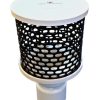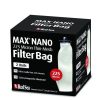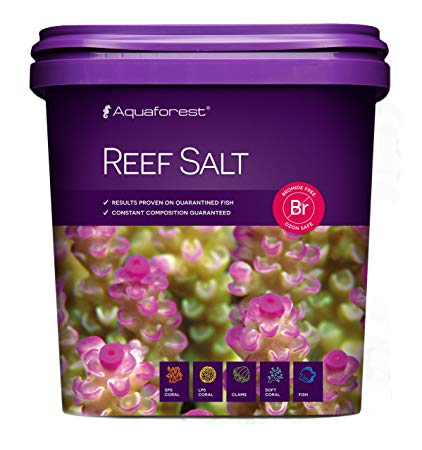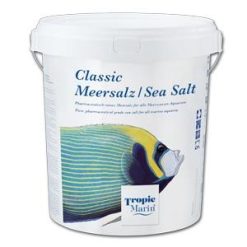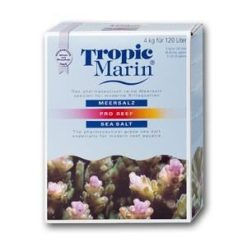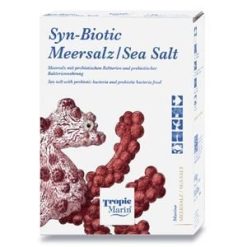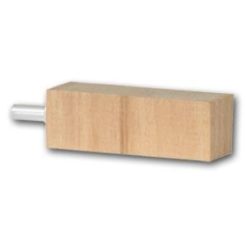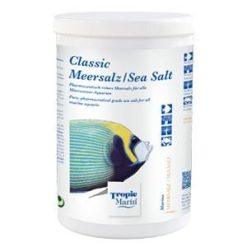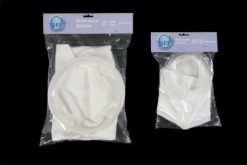
REEF SALT (5kg) – marine salt for Soft/LPS & SPS
Fully synthetic marine salt created for cultured corals. Its formula is designed to create the best conditions for marine animals. The micronutrients and macronutrients contained in the formula fully fulfill the demand of coralsfor proper growth and pigmentation. After dissolving the salt, freshly prepared marine water can be used immediately. When setting up new aquariums it is recommended that the first animals are placed no sooner than 10-14 days after filling the aquarium.
Parameters of a salt are presented below:
- 24°C / 75.2°F
- Cl – 19000-19500 mg/l
- Na – 9720-11880 mg/l
- Mg – 1300-1360 mg/l
- S – 810-990 mg/l
- Ca – 410-430 mg/l
- K – 360-380 mg/l
- B – 4,05 – 5,0 mg/l
- Sr – 7,2-8,8 mg/l
- dKH – 7,4-8,2
- pH – 8,0-8,2
Recommended salinity for different aquarium types:

Macro and micro elements in the water have different levels depending on the salinity:
Instructions for use:
Dissolve the salt in previously prepared demineralised water. Water temperature should be about 24°C (75°F). For salinity of 33 ppt dissolve about 3.75 kg (8.26 lbs) of salt in 100 litres (27 US gal) of water. Stir the solution vigorously for about 15 min. When the salt is fully dissolved and the solution clear the saline water is ready to use.
Keep the salt in a dry and dark place. Once Dissolved, use the salt within 5days.
Keep out ofreach of children! Product for aquarium use only! Reef Salt is not suitable for human consumption! Safety data sheet available on request.
How is our Marine Salt product range tested?
We mix our Marine Salt in 1 metric tonne (2204lb) batches, and 3 separate samples per batch are collected during the production stage for testi ng. Each of these samples is dissolved in 15 litres (4US gal) of RO water. Our experienced team of professionals perform ICP-OES analysis to verify that the chemical compositi on is within consistent range, and to rule out the presence of unwanted contaminants at the same ti me.
Note: Even though our salt is thoroughly mixed, not every bucket/box will be identi cal. The parameters can vary slightly between containers and around a 2-3% variation is acceptable. This fluctuati on is a result of both physical properties of the mix and the limitations of the processing techniques available. These variations are still smaller than the typical margin for error for popular hobbyist test kits.
